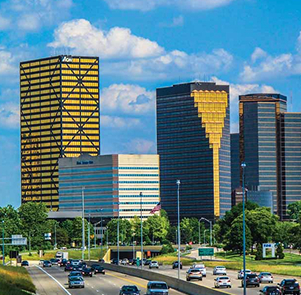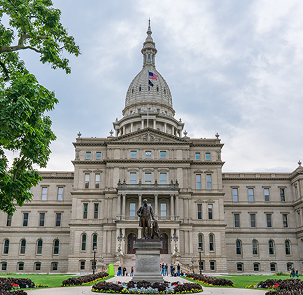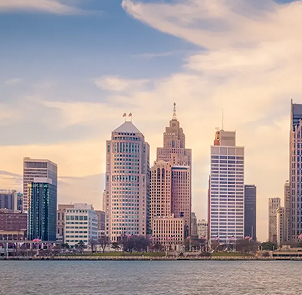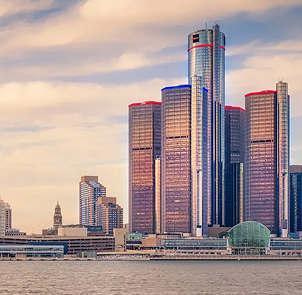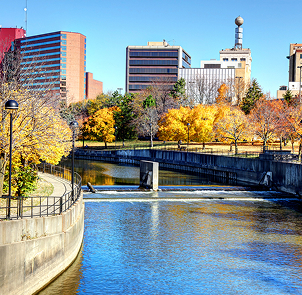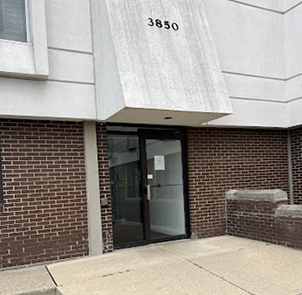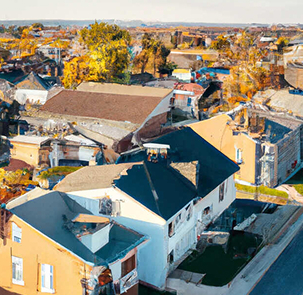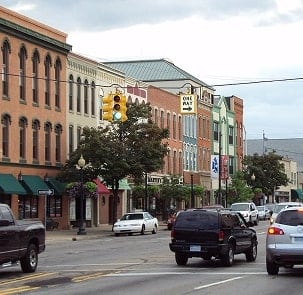Motorcycle Accident Due to Road Hazards Lawyer
Single-vehicle accidents are not uncommon. In fact, they account for approximately 27% of all crashes that occur each year. For reporting’s sake, the data characterizes single-vehicle accidents in one of four ways: Fixed or other objects, animals, non-collision and pedestrians. What the data does not take into consideration is that many single-vehicle accidents involve motorcycles and that those motorcycles crash because of road hazards.
Road hazards are a leading cause of motorcycle accidents. They also happen to be a leading cause of catastrophic injury and death for motorcyclists. While a small bump in the road may feel like just that — a small bump — to a truck or passenger vehicle, for a motorcycle, it can be enough to cause the rider to lose control and send the bike sprawling. Other seemingly innocent hazards, such as grass, gravel, road debris and sitting water, also pose a threat to the safety and very lives of motorcyclists.
If you were involved in a motorcycle accident that was the result of a road hazard, you may feel helpless. After all, you cannot hold anyone accountable for you hitting a patch of loose gravel or a piece of road debris, right? Not necessarily. Road debris is almost always the result of negligence on someone’s behalf. If you can identify who the negligent party is, you may be able to pursue compensation from him, her or it. However, these types of cases are tricky, so it is crucial that you work with a motorcycle accident attorney who has experience handling road debris cases.
Common Road Hazards
Road hazards are so commonplace that most drivers do not notice them. Road hazards can come in many shapes and sizes and may include but are not limited to the following:
- Roadkill or animals crossing the road
- Fallen tree branches, rocks or signs
- Trash in the road
- Construction debris
- Loose gravel
- Potholes
- Grass clippings or leaves
- Standing water
- Uneven lanes
- Overgrown vegetation
- Uneven railroad crossings
- Disabled vehicles
Road hazards do not always come in the form of out-of-place objects. Traffic conditions, weather conditions and road design can all also be considered road hazards, especially for bikers. Types of conditions that also contribute to motorcycle accidents include fluctuating speeds, ice, fog or high winds, blind intersections, steep drop-offs, missing guardrails, malfunctioning traffic signals, glares from streetlamps, rough edges and unmarked exits.
Most Dangerous Hazards for Motorcyclists
While most road hazards seem innocent enough to drivers of passenger vehicles, they can be dangerous — if not downright deadly — for bikers. This is the case for just about any type of road hazard, ranging from animals on the road to glares on the pavement. That said, some conditions are more dangerous than others. These include the following:
- Potholes: Potholes pose a major threat to motorcyclists’ safety, as even the slightest bump can cause a biker to lose control and spill his or her motorcycle. A motorcycle spill alone can cause significant damage. However, when a spill occurs on a busy road — or if the motorcyclist falls into oncoming traffic — the outcome can be catastrophic.
- Gravel on Pavement: Loose gravel is a well-known yet underappreciated road hazard for motorcyclists. Despite most bikers being aware that gravel can cause their bike tires to slip out from under them, too many continue to drive at high speeds on gravel roads and across gravel patches. Unfortunately, gravel is a material standardly used on curvy, mountainous roads. If a motorcyclist spills while taking a curve on an outside lane — and if a guardrail is not present — the outcome can, again, be catastrophic.
- Slick Surfaces: Road surfaces can become slick for any number of manmade and natural reasons. Oil spills, antifreeze, discarded banana spills, flyaway paper and other types of litter can all cause motorcycle tires to lose traction and the cyclist to lose control. Natural debris, such as grass clippings, fallen leaves, rain, black ice and snow are just as big of culprits of motorcycle accidents as manmade hazards.
- Debris or Objects in the Road: Larger debris also poses huge threats to motorcyclists. Types of debris that can cause a motorcyclist to swerve or otherwise lose control include fallen tree branches, lost cargo, piles of sand, discarded trash and rejected clothing garments, among other types of rubbish.
- Edge Breaks: Edge breaks occur when two traffic lanes along the same thoroughfare sit at different heights. Sometimes, edge breaks can occur along two lanes that travel in the same direction. Other times, they occur along two lanes traveling in opposite directions. In either case, a motorcyclist can lose control when traveling over an edge break and cause an injurious, if not fatal, outcome.
- Animals: Animals, both dead and alive, pose a major threat to bikers. Depending on the size of it, an animal in the road can create a hazard for any size vehicle. However, for a motorcyclist, the animal poses a serious safety threat, if not a fatal one.
- Expansion Joints: Road construction companies use expansion joints to attach two pieces of roadway or bridge together while the infrastructure is still in progress. Though an innovative technique, expansion joints prove dangerous for motorcyclists traveling at high speeds.
Some of the hazards on this list are out of human control, such as snow, ice and rain accumulation, fallen leaves and animals. Many of them, though, are not beyond human control. With proper care and maintenance, most roads can be free of hazards and debris and, therefore, safe for all travelers to traverse — motorcyclists included.
Liability in Motorcycle Road Hazard Accidents
If you or a loved one sustained serious or life-threatening injuries in a motorcycle accident that was the result of a road hazard, you may wonder if you can pursue compensation from the at-fault party, assuming, of course, that there is one. The answer is almost always yes. Parties you can sue following a motorcycle crash caused by road debris are as follows:
- Another motorist that may have pushed you into the hazard
- Another motorist that may be responsible for the hazard
- A property owner who is responsible for the hazard (such as a homeowner who recently mowed his grass but failed to sweep up the clippings)
- An individual whose pet ran into the road
- A construction company that failed to finish a construction project completely or that failed to maintain a safe thoroughfare during construction
- A government entity responsible for road maintenance
If you believe a government entity is at fault, note that the rules for filing a claim against it are different and far stricter than the rules for filing a claim against an individual or other entity. Though state laws vary, the statute of limitations are typically much shorter. Moreover, you must submit a notice of a claim within months of the accident, with most states requiring the notice within 90 days. You must then wait for the agency to respond to your notice of claim before you can file an official claim.
Get Help With Your Motorcycle Road Hazard Accident Claim
Regardless of who you believe is at-fault for your motorcycle accident, know that there is a strong likelihood you can recover compensation for your injuries and related losses. However, your path to recovery may prove difficult. To make the claims process easier on yourself, and for the greatest odds of success, work with an experienced motorcycle accident lawyer from day one. Schedule your free consultation with Mike Morse Law Firm to get started today.
